Description
2 Hydroxyethyl Acrylate: The Versatile Building Block of Polymers and Coatings
In the world of industrial chemistry, a plethora of compounds play vital roles in creating the materials that shape our modern lives. Among these, 2-Hydroxyethyl Acrylate (2-HEA) stands out as a versatile and important monomer, a building block molecule used in the synthesis of a wide range of polymers, coatings, adhesives, and other products. Understanding its properties and applications provides insight into the chemistry that forms the foundation of many everyday items.
What is 2-HEA?
2-Hydroxyethyl Acrylate, often abbreviated as 2-HEA, is an organic compound with the chemical formula C5H8O3. At its core, it’s an acrylic ester with a hydroxyl group (-OH) attached to the ethyl side chain. This seemingly minor structural feature is crucial to its unique characteristics and versatile functionality. It’s typically a clear, colorless liquid with a characteristic odor.
Key Properties of 2-HEA:
Reactivity: 2-HEA possesses a highly reactive double bond, making it readily polymerizable. This means it can link together with other 2-HEA molecules or with other monomers to form long chains called polymers.
Hydroxyl Group Functionality: The presence of the hydroxyl group allows for further chemical modification and crosslinking. This is critical for tailoring the properties of the resulting polymers. It enables the introduction of other functionalities and can enhance adhesion, flexibility, or durability.
Solubility: 2-HEA is soluble in many common organic solvents, making it easy to process and incorporate into various formulations. It also has some miscibility in water, although complete miscibility is not typically achieved.
Low Viscosity: Its relatively low viscosity facilitates handling and processing, making it easier to work with in industrial settings.
Applications of 2-HEA:
The unique combination of reactivity and hydroxyl functionality makes 2-HEA a valuable monomer in a broad spectrum of applications:
Acrylic Resins and Coatings: One of the primary uses of 2-HEA is in the production of acrylic resins. These resins act as the binding component in various coatings, from automotive paints and architectural finishes to industrial protective coatings. 2-HEA contributes to the durability, flexibility, and adhesion of these coatings.
Adhesives: The hydroxyl group in 2-HEA enhances the adhesive properties of polymers, making it valuable in formulating adhesives for packaging, construction, and other industries.
Textile Chemicals: 2-HEA is incorporated into textile chemicals to impart desirable properties to fabrics, such as improved water and stain resistance.
Paper Coatings: It’s used in paper coatings to enhance printability, gloss, and water resistance.
Superabsorbent Polymers: Modified 2-HEA resins are used in the production of superabsorbent polymers (SAPs) found in diapers, feminine hygiene products, and agricultural applications.
Intermediate in Organic Synthesis: 2-HEA serves as an intermediate in many organic synthesis pathways, allowing the production of other more complex compounds.You can get more infornation about this chemical at our website.
Safety Considerations:
While 2-HEA is a valuable component in various industries, it’s essential to handle it with caution. It is classified as a skin and eye irritant and can cause allergic reactions in some individuals. Direct contact should be avoided, and appropriate personal protective equipment (PPE), such as gloves and safety glasses, should be worn when handling it. Inhalation of vapors should be minimized through proper ventilation.
Conclusion:
2 Hydroxyethyl Acrylate is a crucial monomer in many industrial applications, particularly in the fields of coatings, adhesives, and specialty polymers. Its unique combination of reactivity and the hydroxyl group’s functionality makes it a versatile building block for materials with diverse properties. While handling with caution is essential due to its potential irritant properties, its widespread use underscores its importance in modern industrial chemistry. The continued advancement of polymer science will likely lead to even more innovative applications using this vital compound.

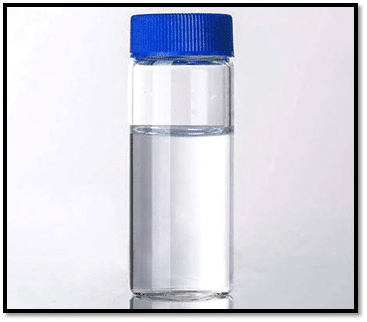
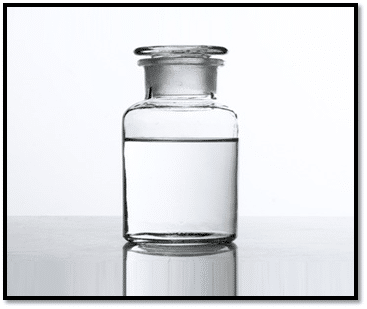
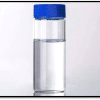
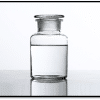

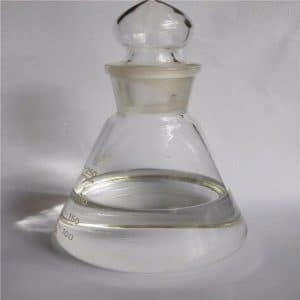
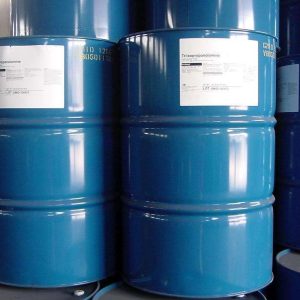


Reviews
There are no reviews yet.